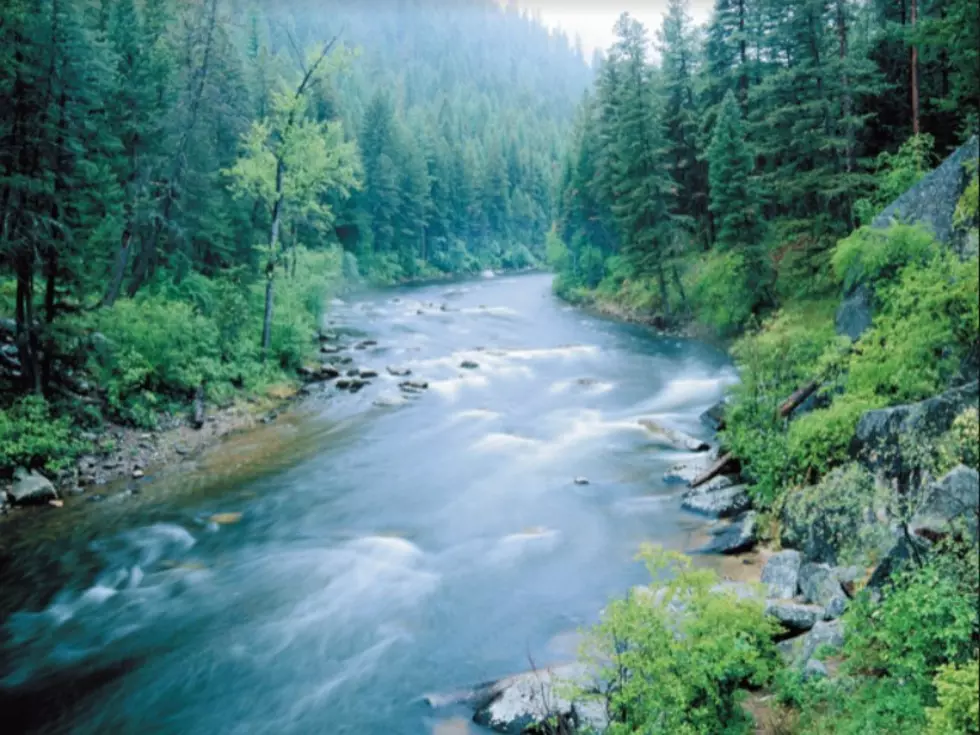
Climate Connections: The path to a better water future
Karen Knudsen and Andrew Gorder
We read it in the headlines daily: Record low snowpack. Drought conditions deepening. River closures possible. Snowless winters ahead. It’s enough to make any Montanan reach for a tall glass of water (or something stronger) to cope with the sense that we’re running out of water.
But what’s behind those headlines? Surely, some say, things can’t be that bad – especially not in the wet western third of our state.
Unfortunately, the data from the National Water and Climate Center also sound the alarm bells. As of April 17, the snow water equivalent (SWE) measurements showed ominously low readings across the basin. (SWE gauges the amount of liquid water contained within snowpack.) The Upper Clark Fork is 59% of normal compared to 1991-2020 levels; the Bitterroot is sitting at 60%; the Flathead, 70%; and the Lower Clark Fork, 68%. NOAA’s Climate Prediction Center indicates that we’re not likely to see snowpack conditions improving in the mere weeks until snowpack typically peaks in late April or early May.
How does all of this translate into spring and summer streamflows? With so much of our economy, quality of life, and health in western Montana tied to flows, it’s critical to know where things stand, what to expect, and how to prepare.
The latest water supply outlook report, released by the U.S. Department of Agriculture’s Natural Resources and Conservation Service on April 10, sheds some light. While the report does acknowledge that it is difficult to determine if current flows are the result of prematurely melting snowpack or groundwater infiltration spurred by above-average winter temps, the forecasts do little to ease our anxiety.
April-July streamflows are forecasted to be about 70-85% of normal statewide. However, the locations of greatest concern include our hometown rivers, the Clark Fork and the Blackfoot, with both basins predicted to contain less than 65% of normal total runoff volume.
Aside from keeping fingers crossed that spring storms roll in, what’s to be done? How do we stave off the inevitable and expensive conflicts we’ve seen ensue elsewhere when demands for limited water supplies exceed supply?
The first step is to think beyond yesterday’s toolbox. And the good news is that many of us already are.
For example, in 2023 the State of Montana revised its Drought Management Plan – last updated in 1995 – to recognize and address the challenges posed by a changing climate, which is expected to exacerbate the intensity and frequency of future droughts. The updated plan includes not only strategies for responding and adapting, but also stakeholder recommendations for policy reforms giving water users more flexibility when pivoting to conserve or manage water during periods of shortage.
The proposed policy reforms include tools championed by the Clark Fork Coalition, and others, to maintain or boost streamflows under drought conditions – including legal protections for users who voluntarily conserve water, flexible short-term water leasing, and incentives for water users to store water and boost aquifer recharge.
Additionally, the Montana Department of Natural Resources & Conservation (DNRC) has also undertaken an ambitious, stakeholder-driven process aimed at addressing key water challenges and generating proposed legislation to implement these reforms. This diverse stakeholder group is crafting policy changes to protect our vital aquifers, and the surface waters they feed, from over-pumping and exploitation, fueled by growth and development in many areas of Montana. Reining in the over-extraction of groundwater and putting an end to antiquated permitting exemptions for groundwater has been a top policy priority for CFC for 17 years, and we are committed to seeing these policy changes enacted.
Finally, Montana water users of all kinds have united to explore new opportunities for storing our precious water supplies to prevent or mitigate the challenges caused by low flows.
They have employed a variety of approaches, including rehabilitating key headwaters storage facilities to cache more water for release during dry spells; expanding opportunities for aquifer storage to boost late-season flows; and promoting natural water storage opportunities like functioning floodplains and beaver on the landscape. Implementation of these forward-thinking strategies will require state investment – something we urge state legislators to prioritize during the 2025 legislative session.
It’s encouraging to see elected officials, agency leadership, and water users and managers seeking long-term collaborative solutions to our water challenges in western Montana. These innovative approaches represent the visionary thinking that can emerge when people unify to solve a mutual problem.
Regardless of political affiliation, zip code, line of work, or guiding values, we are intrinsically connected to one another by a common need for clean and abundant water. Ultimately, protecting this precious resource isn’t just about policy – it’s about safeguarding our collective future.
Karen Knudsen is Executive Director and Andrew Gorder is Legal & Policy Director for the Clark Fork Coalition. The Clark Fork Coalition’s annual River Cleanup is Sunday, April 21. More information and sign up to volunteer HERE.
Climate Smart Missoula brings this Climate Connections column to you two Fridays of every month. Learn more about our work, support our efforts, and sign up for our e-newsletter at missoulaclimate.org.
